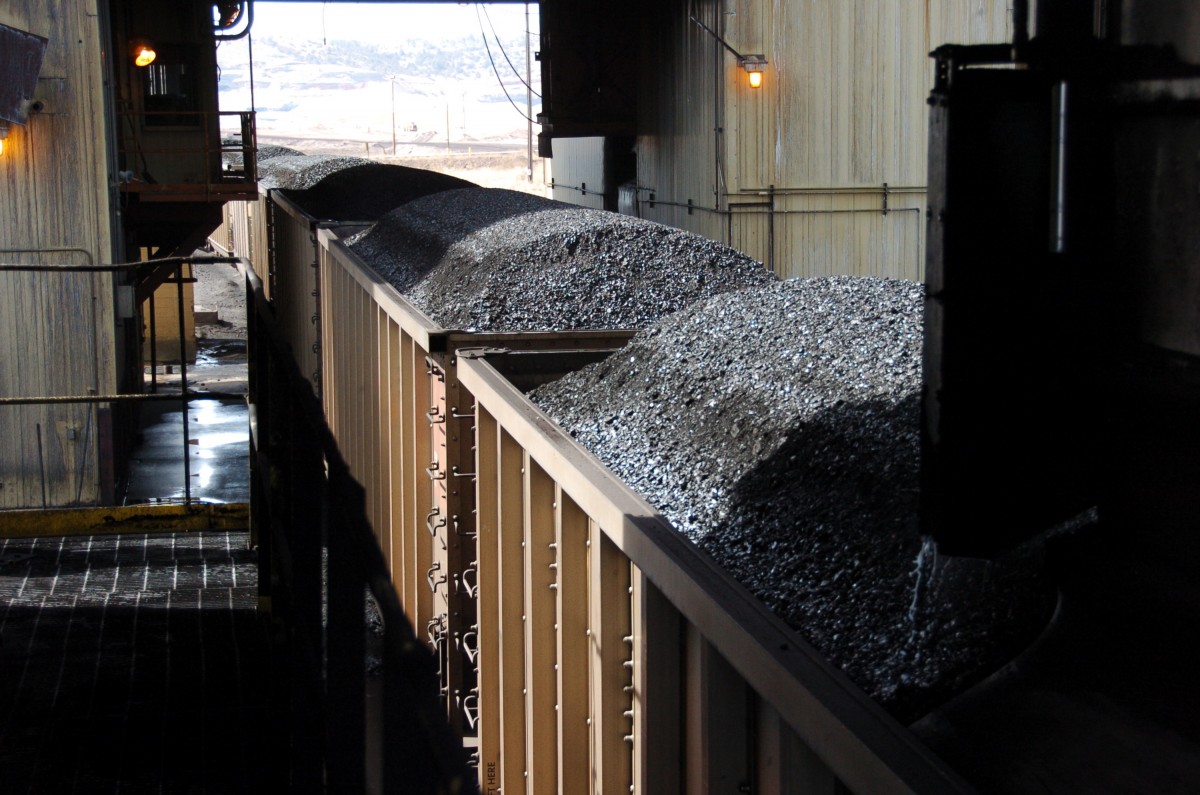MORGANTOWN — While production has seen a turnaround since 2016, the increased demand isn’t likely to continue, according to “Coal Production in West Virginia: 2018-2040,” released by WVU’s Bureau for Business and Economic Research.
Export demand for southern West Virginia coal – mostly metallurgical – accounted for most of the 27 percent production increase seen from mid-2016 through this June, the report said. But domestic demand for thermal coal has remained negative, largely affecting northern mines.
Looking ahead, weakening export demand coupled with continued retirement of domestic coal-fired plants – in favor of gas-fired – will contribute to renewed declines. For southern coal, demand will drop over time as it becomes too expensive to recover.

The report estimates 2018 production will reach about 91 million tons this year – a slight drop form 2017 levels. From 2020-2030, demand will drop by about 12 million tons, and fall by another 7 million by 2040.
Brian Lego, co-author of the study and a research assistant professor at WVU, said, “Both of the state’s producing regions will be hurt by weakening domestic demand, but Northern West Virginia faces greater market risk since most of the region’s coal is consumed by U.S. power plants. Southern West Virginia’s production should be buoyed to some extent by export demand, but output is expected to trend lower during the outlook as a growing portion of the region’s reserves become too expensive to recover.”
United Mine Workers of America spokesman Phil Smith said about the findings, “It points to the critical need for the development and application of new technologies that will allow the utilities to continue using coal in a carbon-free way.”
The abundant supplies of natural gas will likely keep prices low. And continued subsidies for renewables will help keep those costs down, he said. “It’s going to get tougher an tougher for coal to compete in a carbon-restricted world”
The only way coal is going to survive another r25 to 30 years, is said, is to fully develop and deploy carbon capture and storage technology.
West Virginia Coal Association President Bill Raney said the report’s figures are consistent with what was presented to the Coal Forum in previous weeks.
“Export continues to be the saving grace,” he said. “We’re hopeful its going to reach some stability.”
Nationally, from January through mid-June, he said, steam coal exports were up 42.7 percent form the same period last year, and metallurgical exports were up 24.2 percent. “It’s a robust, active market out there. … We’re clearly pleased about that and hope that continues.”
Domestically, he said, the age of coal-fired power plants remains a concern and their immediate goal for the next few years is to find a means of keeping older plants online until they have time to modernize.
He’d like to see the various stakeholders work out an agreement to put new boilers in aging plants in order to maintain their resiliency, dependability and efficiency.




